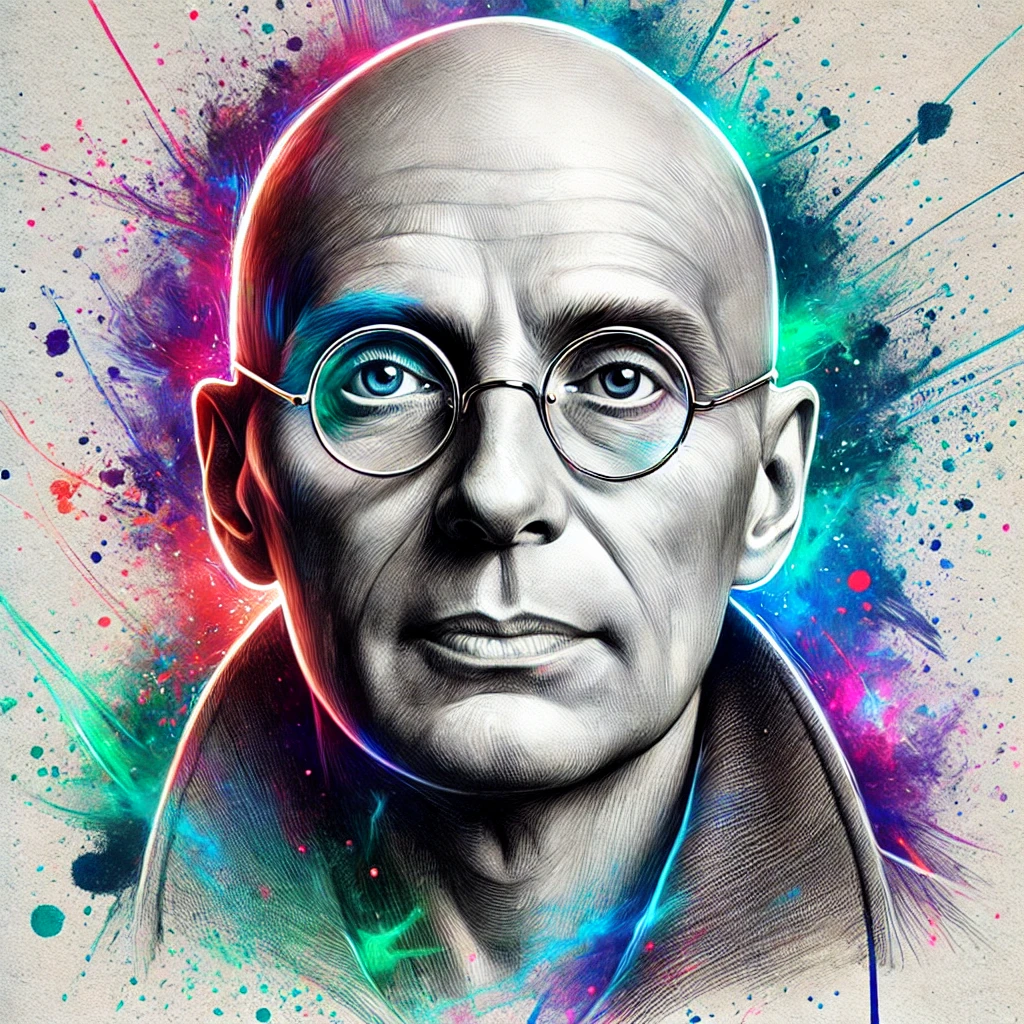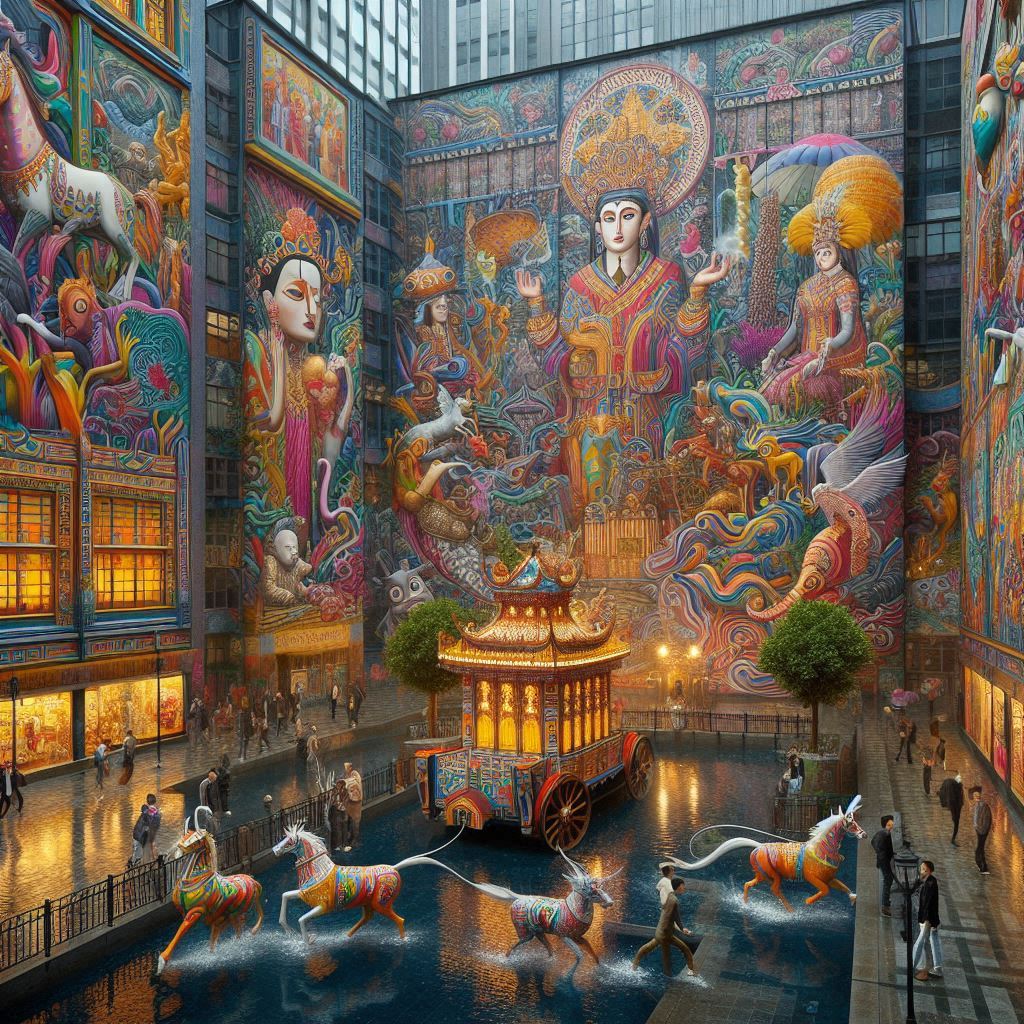Karl Marx’s Capital Volume II: The Process of Circulation of Capital (1885), edited posthumously by Friedrich Engels, shifts focus from the production of surplus value to the realization of value through the circulation of capital. This volume examines how capital moves through its cyclical metamorphoses—money, productive, and commodity forms—while addressing the systemic contradictions that threaten capitalist reproduction. Though often overshadowed by the revolutionary fervor of Volume I, Volume II is indispensable for understanding capitalism’s totality, particularly its reliance on circulation to sustain accumulation and its inherent instability.
1. The Circuits of Capital: Metamorphosis and Movement
Volume II opens with an analysis of capital’s three interconnected circuits: money capital, productive capital, and commodity capital. Marx describes capital as “a movement, a circulatory process through different stages… It can only be grasped as a movement, and not as a static thing”. Each circuit represents a phase in capital’s lifecycle:
- Money Capital (M–C…P…C’–M’): Capitalists convert money (M) into commodities (C: labor-power and means of production), which enter production (P) to create new commodities (C’) sold for profit (M’).
- Productive Capital (P…C’–M’–C…P): Production itself becomes the starting point, emphasizing the renewal of the production process.
- Commodity Capital (C’–M’–C…P…C’): The focus shifts to selling commodities to restart the cycle.
These circuits highlight capitalism’s dependence on uninterrupted flow. Disruptions—such as unsold goods or delayed payments—thwart the realization of surplus value, exposing the fragility of a system that Marx argues is “an integrated system of production and circulation”. The circuits also reveal how capital’s value is preserved and expanded through time and space, requiring coordination across markets and industries.
2. Turnover of Capital: Time, Fixed vs. Circulating Capital
Marx introduces the concept of turnover time—the duration required for capital to complete its circuit and return as profit. This analysis distinguishes between:
- Fixed Capital: Machinery, factories, and tools that transfer their value to commodities incrementally over multiple production cycles.
- Circulating Capital: Raw materials and labor-power, whose value is fully consumed and reproduced in a single cycle.
The turnover of capital underscores the tension between production efficiency and circulation delays. For instance, fixed capital’s long depreciation periods tie up resources, while slow turnover in circulating capital (e.g., unsold inventory) strains liquidity. Marx notes that “during its circulation time, capital does not function as productive capital, and therefore produces neither commodities nor surplus-value”. This temporal conflict forces capitalists to accelerate turnover through credit, logistics optimization, or spatial restructuring (e.g., locating factories near transport hubs).
3. Social Reproduction and Aggregate Capital
In Part III, Marx transitions from individual capitalists to the aggregate social capital, examining how total production and consumption interlock. He models two departments:
- Department I: Produces means of production (machinery, raw materials).
- Department II: Produces consumer goods.
For smooth reproduction, the output of each department must meet the other’s inputs. For example, Department I’s surplus machinery must align with Department II’s demand for replacement tools. Marx’s reproduction schemas reveal the precarious balance required for expanded reproduction (growth). Disproportionality between departments—such as overproduction in one sector—can trigger economy-wide crises, as “the contradiction between production and realization… manifests itself in a breakdown of the circulation process”.
This framework anticipates later theories of underconsumption and demand crises. Marx argues that workers’ limited purchasing power (due to wage suppression) restricts the market for consumer goods, creating a “contradiction in the capitalist mode of production: the laborers as buyers… are important for the market. But as sellers of their own commodity—labor power—capitalist society tends to keep them down to [a] minimum price”.
4. Crisis Theory: Realization, Credit, and Displacement
While Volume I focuses on exploitation in production, Volume II emphasizes crises rooted in circulation. Key insights include:
- Realization Crisis: Surplus value exists only potentially until commodities are sold. Overproduction or mismatched supply/demand can leave value unrealized, stranding capital in commodity form.
- Role of Credit: Credit bridges gaps between production and sale, allowing capitalists to continue operations despite delays. However, Marx (via Engels) warns that credit “displaces” rather than resolves crises, inflating speculative “fictitious capital” (e.g., stocks, bonds) detached from real value.
- Disproportionality: Uneven growth between departments destabilizes reproduction. For instance, rapid innovation in Department I may outpace Department II’s capacity to absorb new machinery, leading to gluts.
Marx’s analysis foreshadows modern financialization, where capital increasingly circulates through speculative assets rather than productive investment. As David Harvey notes, credit becomes “the essential lifeblood of capitalism,” masking systemic fragility.
5. Methodological Abstraction and Limits
Volume II’s abstract focus on circulation—assuming commodities sell at their values and excluding class struggle or state intervention—has drawn criticism. Marx intentionally isolates circulation to expose its internal logic, stating, “we shall… assume… commodities are sold at their values”. This method strips away “social and political concerns” to reveal capitalism’s “fundamental tendencies”. However, this abstraction risks obscuring the role of power, ideology, and institutional mediation in shaping markets.
Engels’ editorial challenges—piecing together Marx’s fragmented manuscripts—also contribute to the text’s denseness. Repetitive passages and unresolved arguments reflect its unfinished state, yet the “main line of argument is clear”.
Legacy and Criticisms
Volume II’s influence is evident in:
- Crisis Theory: Rosa Luxemburg and Keynesian underconsumption theories built on Marx’s realization crisis.
- Feminist Economics: Social reproduction theory, which examines unpaid domestic labor’s role in sustaining wage labor, extends Marx’s aggregate reproduction models.
- Ecological Marxism: The tension between capital’s turnover time and natural cycles echoes Marx’s analysis of fixed capital’s temporal constraints.
Critics argue that Volume II’s neglect of price dynamics and business risk limits its applicability. Yet its strength lies in exposing circulation’s systemic role, not individual firm behavior.
Conclusion
Capital, Volume II is a rigorous exploration of capitalism’s circulatory logic, revealing how the same processes that enable accumulation also generate instability. By tracing capital’s metamorphoses, turnover, and social reproduction, Marx demonstrates that crises are not aberrations but inherent to a system reliant on perpetual motion. While the text’s abstraction and unfinished state pose challenges, its insights into credit, disproportionality, and realization remain critical for understanding contemporary capitalism’s financialized crises. As Marx warns, capital’s movement is “dripping from head to foot, from every pore, with blood and dirt”—a cycle of creative destruction that demands revolutionary rupture


